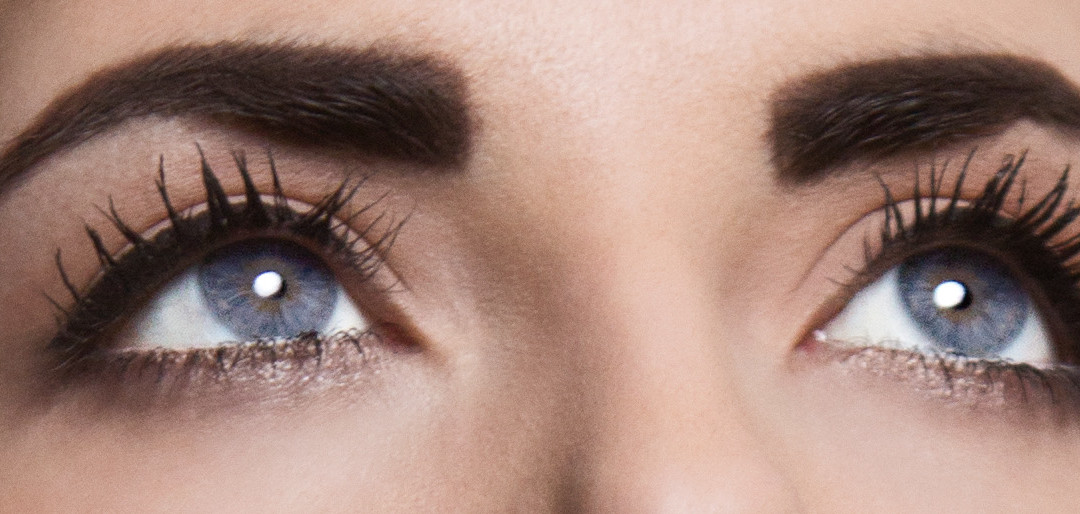Continuing our series focusing on the client’s perspective regarding High End Retouching this latest interview was with Mara Serdans.
Mara is a freelance senior art/content producer and creative consultant. As a freelancer, Mara produces still and motion content for a variety of brands, most recently Infiniti, Nissan and Mazda. She offers creative consulting services to help artists grow and evolve their career. You can take a look at more of her work and experience at maraserdans.com.
1) How have you been involved in using or buying retouching? And what kinds of projects have you worked on that involved retouching?
It depends on the project. Sometimes we, and the client, will hire a photographer who already works with a retoucher he/she likes. And that’s the route we’ll often take, just because we know the photographer has a relationship with the retoucher. They’re on the same vibe, they understand each other’s needs and workflow, etc. More often than not we’ll trust their judgment because we want to make sure the image represents what’s in the photographer’s portfolio.
Sometimes, in the process of bidding, we’ll ask who the photographer’s retoucher is, and if we have someone in mind, we might ask if they’re comfortable working with that retoucher.
Other times the client wants to have the agency’s in-house studio do the retouching so we’ll just ask the photographer to deliver the images to the studio for completion.
The projects I work on can be anything from food photography, automotive, portraits, lifestyle, even CGI, so it pretty much runs the gamut.
2) What do you look for when working with a retoucher?
Someone who can meet the deadline is a major factor.
A retoucher who listens to, and understands, our comments is important. And takes care of them on the first round. I’ve encountered instances when the retoucher doesn’t make all the requested revisions and it takes three rounds when it should only have taken one. I look for someone who’s a good listener and is attentive to making those changes when asked.
The organization of the files is important too. The agency’s studio sometimes has input on this, and it’s important to have layered files that are structured properly. I understand that retouchers sometime have to simplify layers, but if a retoucher forgets and doesn’t deliver something on a layer it causes complications on the back end for the agency studio.
Files also need to be technically clean. Sometimes the creatives will look at a file and see where the retoucher did not pay attention to detail, like clean layer masks etc. This can be a problem.
4) What separates a high-end retoucher from average retouchers?
First and foremost, attention to detail. And working well with the photographer, while also being able to add in his/her point of view. A high-end retoucher will have the experience to not only compose things as needed, but will be able to communicate well with the creative team. Sometimes the art director may not be able to express his/her thoughts clearly and it helps to have a skilled retoucher who can guide them, or who can say what works or what doesn’t.
It also means someone who can make the image look natural, not fake. Much like photography, each retoucher has his/her specialty and being able to make the image look beautiful is very important.
5) Do you look for high-end retouchers to have a “style”?
I want to make sure a retoucher is up on the current trends and his/her look isn’t dated. It must connect to the photographer’s point of view and style, but it’s also important for a retoucher to have his/her own style. It’s more important they be well versed in whatever style or look the photographer is trying to create.
6) What do you feel is the most challenging part of retouching?
I think the most challenging part of retouching is the production/workflow process when there are a lot of images. Helping the client understand what it takes to retouch an image and why it takes time can be a challenge if the client is not accustomed to working with still images.
7) Of quality, speed, price which are most important to you and your clients?
I would say all three. This conversation comes up in every project. We never have enough time, and many times the budgets get slashed but you can’t turn in lousy work. It’s really hard to prioritize one over the other, I think it’s just a matter of finding a balance.
8) Is there a recent project that involved retouching you’d like to talk about?
A couple of summers ago I was working on a huge project that involved a combination of CGI and conventional photography. I was working with three different retouchers on it and making sure the CGI retouching, the photographer’s retouching and our studio’s retouching all worked to produce a cohesive look was tricky.
We had a large volume of assets that needed to be created in a short amount of time and getting everyone one to look at them with the same eyes and same level of attention was important.
9) Do you have any “Pet Peeves” regarding retouching? (Over done reshaping of bodies, plastic skin, or problematic techniques?)
My biggest pet peeve is when images look too perfect. I understand if you’re shooting an iPhone it needs to be perfect. But when you’re working with a brand that’s telling more of a story, like VW for example, you want to capture those beautiful lifestyle moments and make the car relatable to the real world. It should maintain some reflections and look natural.
My other pet peeve is when retouchers don’t deliver the images in the way we’ve asked. Inevitably, the studio or creatives have to do more work to undo or correct the images.
10) Are there any trends in retouching you’ve been seeing?
I think there’s a trend towards images looking more natural and a lot of that seems to stem from user generated content like Instagram where the images convey more authentic moments.
Agencies and brands are hiring more photographers who are influencers on social media, so they might be shooting some of the stuff in their house and it won’t look as perfect, but it’s what people like.
And sometimes the stuff isn’t meant to look good. For example, I worked on a project that involved sourcing images that would be appropriate to turn into memes. And those images, you don’t want them to look good, they’re supposed to look like someone just quickly shot it.

